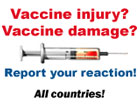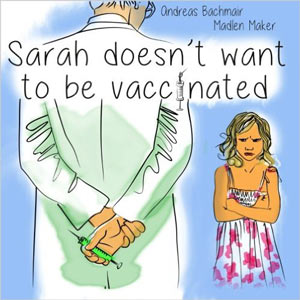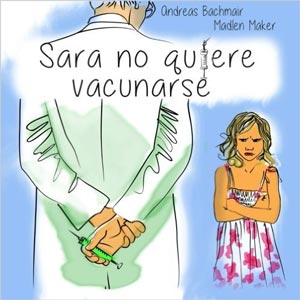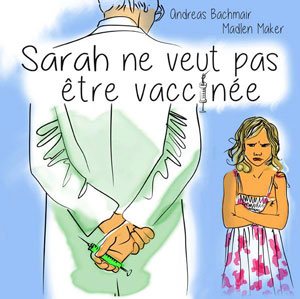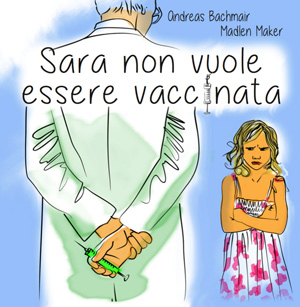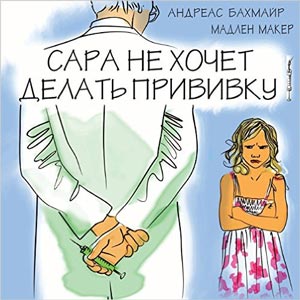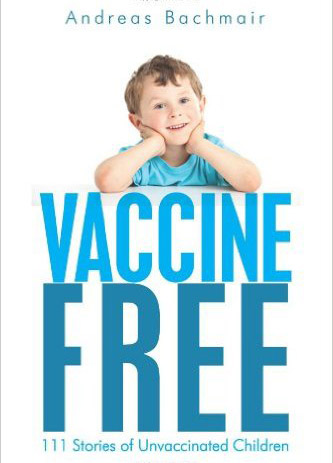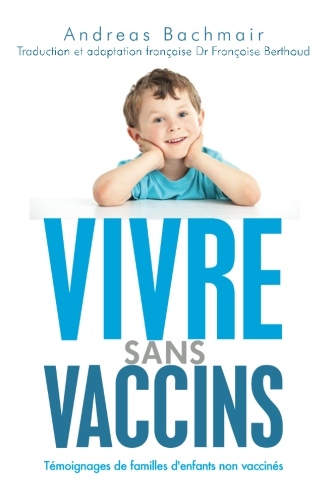Polio
Pathogen
The pathogens are enteroviruses. There are three different types: Type I, Type II and Type III. Transmission is via contact with sputum and infected stool. Nowadays it is primarily recently vaccinated people who carry the virus (live vaccinations). There is hardly any incidence of wild viruses today.
The virus proliferates in the digestive tract and lymph system and can get into the blood stream from there.
Clinical picture
After an incubation time of 3-14 days people experience nausea, fever and influenza-like symptoms, followed by a short fever-free interval and then a feverish episode coupled with neck rigidity and paralysis. In 5% of the cases influenza-like symptoms are sometimes coupled with aseptic meningitis. Within only a few days the person is healthy again. Only 0.1-1.0% of people who fall ill with the disease experience a typical case of poliomyelitis with paralysis of the limbs. The paralysis recedes again in a majority of the patients.
In 90-95% of cases of the disease the course is clinically inapparent, i.e. without symptoms or as a mild disease.
Therapy
If the disease (including paralysis) has already erupted, it is unavoidable that the person must be hospitalized. Mainstream medicine is not aware of a causative therapy.
Complications
It is possible that every degree of paralysis will remain. Apnea and cardiac arrest have been observed during the acute stage of the disease.
Immunity
After every stage of the disease there is 100% immunity.


